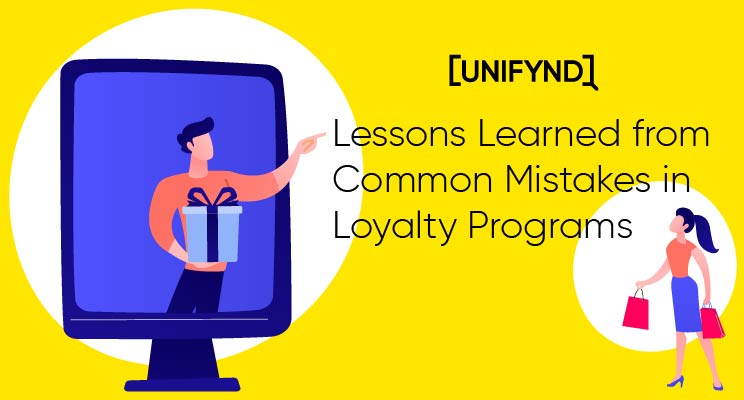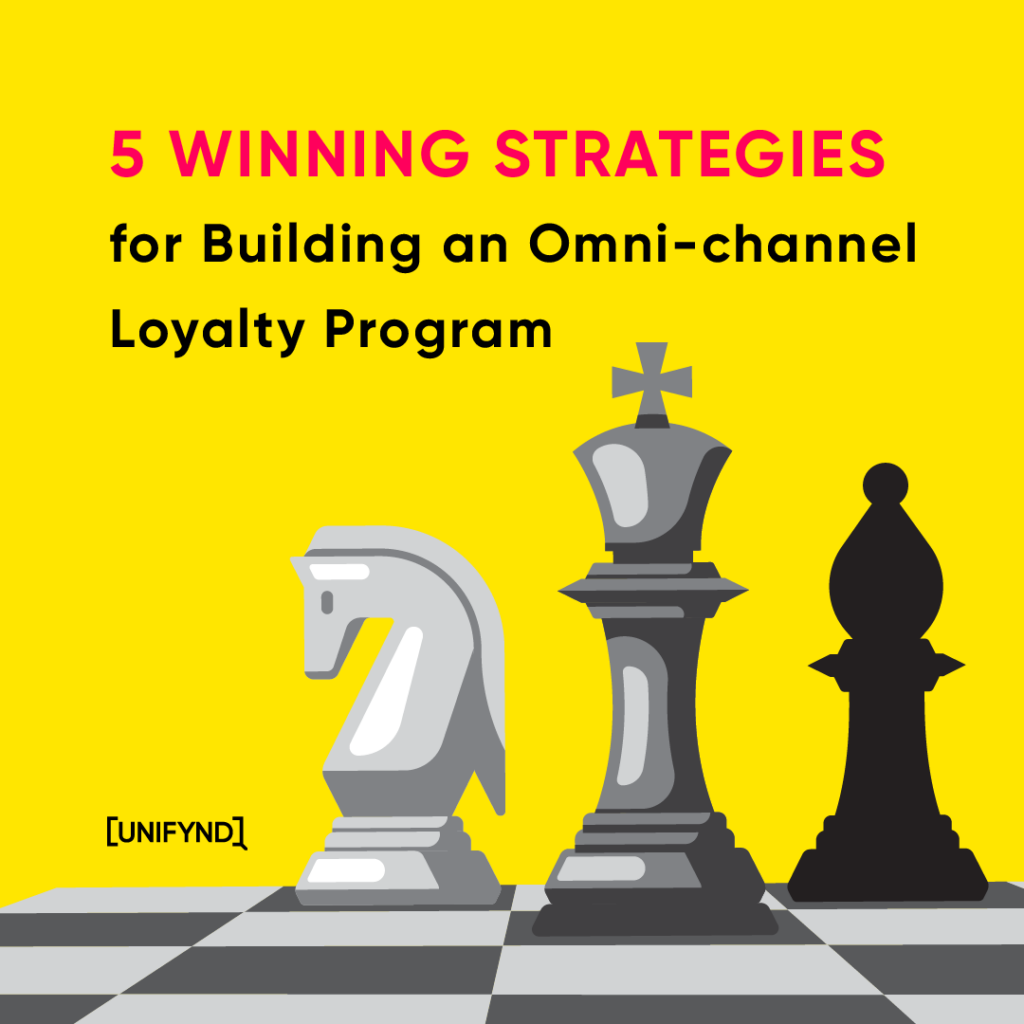The real estate industry stands as a testament to the power of relationships. Whether it’s connecting buyers with their dream homes or facilitating investment opportunities, building strong connections has always been at the core of real estate businesses. In this dynamic landscape, loyalty programs have emerged as a strategic tool, reshaping the way customers engage with brands and fostering lasting partnerships.
As we delve into the intricate world of loyalty programs within the real estate sector, it becomes evident that challenges, trends, and opportunities intertwine to shape the industry’s future. From navigating market fluctuations to harnessing the potential of technological innovations, real estate businesses find themselves at the intersection of tradition and innovation.
In this upcoming blog, we will embark on a journey to explore the pivotal challenges that loyalty programs address, the trends that are revolutionizing their landscape, and the golden opportunities that await those who embrace this dynamic approach.
Challenges Faced in Real Estate
Real estate loyalty programs encounter challenges amid market dynamics. Adapting to shifting customer preferences, ensuring consistent engagement, and overcoming competition pose hurdles. Here are the five pivotal challenges faced by real estate industries and how loyalty programs can help them overcome these:
- Market Fluctuations
Loyalty programs provide a buffer against market uncertainties by creating a loyal customer base that is less likely to be swayed by short-term market fluctuations. When customers feel valued and rewarded for their loyalty, they are more likely to maintain their relationship with a real estate brand even during tough times. This stability helps businesses weather economic downturns and market volatility.
- Intense Competition
In a competitive market, loyalty programs differentiate real estate businesses by offering unique benefits to customers. A well-structured loyalty program can set a company apart from its competitors, attracting clients who value the additional rewards and incentives. By rewarding repeat business and referrals, loyalty programs incentivize customers to stick with a particular real estate brand, reducing the likelihood of clients turning to other firms.
- Customer Retention
Customer retention is a significant challenge in the real estate industry. Clients often disappear after completing a transaction, making it challenging to foster lasting relationships. Loyalty programs address this issue by providing ongoing engagement and rewards. By offering exclusive property previews, personalized recommendations, and discounts on future transactions, loyalty programs keep clients engaged and encourage them to return for their future real estate needs.
- Limited Repeat Business
Real estate transactions are infrequent compared to many other industries, which limits opportunities for repeat business. However, loyalty programs extend the customer lifecycle by offering rewards for referrals. Satisfied clients are more likely to refer friends and family to the real estate company, creating new business opportunities. By providing incentives for these referrals, loyalty programs help real estate businesses tap into a broader network of potential clients.
- Trust and Personalization
Building trust and establishing personal connections are paramount in real estate, where clients make significant financial decisions. Loyalty programs play a crucial role in building trust by rewarding loyal customers consistently and transparently. Moreover, these programs enable personalization, allowing real estate businesses to tailor rewards and communications to each client’s preferences. By offering rewards that align with client interests, loyalty programs demonstrate a deep understanding of the individual client, enhancing the overall customer experience.
Emerging Trends
Loyalty programs embrace technology for seamless engagement, propelling real estate businesses towards a future where innovation and client satisfaction converge. Here are some of the trends before and after the pandemic along with the current trends:
Before Pandemic:
Focus on Repeat Business: Loyalty programs were designed to retain existing clients and encourage repeat property transactions.
Transaction-Centric Rewards: Incentives included discounts on property purchases, referral bonuses, and reduced closing costs.
Referral Emphasis: Referral-based rewards were a core component, leveraging existing clients to bring in new business.
Exclusive Access: Members enjoyed exclusive property previews, personalized recommendations, and priority access to listings.
Physical Engagement: In-person events, property tours, and networking sessions were used to engage program members.
Post-Pandemic Loyalty Programs:
Diversified Engagement: Loyalty programs adapted to the digital-first environment, engaging clients through online channels.
Flexible Rewards: Reward options expanded to include virtual property tours, online consultations, and technology-driven experiences.
Hybrid Referral Models: Referral-based rewards continued but with increased emphasis on digital referrals and online connections.
Tech-Driven Personalization: Data analytics and AI were harnessed to provide tailored recommendations and personalized communications.
Shorter-Term Engagement: Loyalty programs adjusted to shorter customer engagement cycles due to increased market volatility.
Current Trends:
Digital Engagement Platforms: Loyalty programs embraced digital platforms, apps, and websites for seamless interactions.
Contactless Experiences: Virtual property tours, 3D walkthroughs, and video consultations gained prominence to maintain safety.
Hybrid Models: Hybrid loyalty models combining digital engagement and occasional physical events catered to diverse preferences.
Sustainability Incentives: Green incentives, such as energy-efficient property upgrades, resonated with environmentally conscious clients.
Localized Benefits: Programs offered localized rewards, catering to clients’ changing preferences and regional opportunities.
Community Building: Virtual events and online forums fostered a sense of community and engagement among program members.
Agile Adjustments: Loyalty programs exhibited agility, adapting quickly to evolving market conditions and consumer behaviors.
Enhanced Data Utilization: Advanced data analytics facilitated predictive modeling for personalized recommendations and offers.
As the real estate industry continues to evolve, loyalty programs play a crucial role in adapting to changing circumstances and maintaining solid relationships between real estate businesses and their clients. The transition from pre-pandemic to post-pandemic strategies showcases the industry’s resilience and capacity to innovate to meet new challenges head-on.
World of Opportunities
Real estate loyalty programs offer abundant opportunities to revolutionize customer engagement. They facilitate personalized experiences through data-driven insights, strengthening customer retention and brand loyalty. Here’s are some of the reasons why one must have a loyalty program:
Enhanced Customer Engagement: Loyalty programs provide real estate businesses with a platform to engage customers beyond transactional interactions. According to a survey by Colloquy, 87% of consumers want more meaningful engagement from loyalty programs. These programs offer ongoing touchpoints through personalized offers, exclusive content, and regular updates, transforming one-time buyers into long-term advocates.
Improved Customer Retention: The ability to retain customers is crucial in the real estate industry, where transactions are infrequent. Loyalty programs offer a solution; businesses that invest in retention strategies can achieve revenue growth of up to 25%. By incentivizing clients to remain engaged, loyalty programs reduce churn rates and foster lasting loyalty.
Referral Generation: Satisfied customers become brand ambassadors. Loyalty programs leverage this satisfaction to drive referrals, an incredibly effective strategy. The New York Times reports that 65% of new business comes from referrals. By offering rewards for successful referrals, loyalty programs facilitate organic growth through word-of-mouth marketing.
Data-Driven Insights: Loyalty programs are a goldmine of customer data. Utilizing this data allows real estate businesses to gain insights into preferences, behaviors, and trends. McKinsey reports that companies that leverage data-driven customer insights are more likely to have a competitive advantage. These insights enable businesses to tailor strategies, refine offerings, and make informed decisions.
Personalization: Modern consumers seek personalized experiences. Loyalty programs cater to this demand, with 80% of customers stating that they are more likely to do business with a company that offers personalized experiences. By analyzing data and understanding individual preferences, loyalty programs provide tailor-made rewards and services, enhancing the customer experience.
Differentiation in a Competitive Market: The real estate market is fiercely competitive. Loyalty programs offer a unique selling proposition that sets businesses apart. A Walker study predicts that by 2020, customer experience will overtake price and product as the key brand differentiator. Loyalty programs not only attract clients but also establish a distinct identity amidst competitors.
Building Emotional Connections: Loyalty programs transcend transactions, fostering a sense of community and belonging among customers. Emotional connections drive loyalty; emotionally engaged customers are three times more likely to recommend a product or service. By offering exclusive rewards and personalized interactions, loyalty programs cultivate emotional ties between clients and the brand.
Upselling and Cross-Selling: Loyalty programs create opportunities for upselling and cross-selling additional services. According to Marketing Metrics, the probability of selling to an existing customer is 60-70%, while the probability of selling to a new prospect is 5-20%. Offering complementary services, such as property management or renovations, increases the value per customer.
Unifynd Insights
For businesses considering the implementation of a loyalty program in the real estate sector, here are some tips for success:
Market Research and Analysis: Understand your target audience, competitors’ offerings, and market trends to design a program that stands out.
Effective Tracking Mechanisms: Implement robust tracking systems to monitor engagement, reward redemption, and program performance.
Regular Review and Enhancement: Continuously assess program performance and gather customer feedback to make necessary adjustments and improvements.
Customer-Centric Approach: Prioritize the needs and preferences of your customers, aligning rewards with their aspirations and expectations.
Conclusion
Loyalty programs have evolved beyond mere rewards, becoming architects of lasting relationships, drivers of innovation, and vessels of personalized experiences. In this new era of real estate, loyalty programs are not just mechanisms for transactional incentives. They are catalysts for emotional engagement, personalization, and community building. They navigate challenges, adapt to trends, and capitalize on opportunities, all while elevating the customer experience to unprecedented heights.
Get in touch with us at growth@unifynd.com to begin your loyalty journey with Unifynd!







